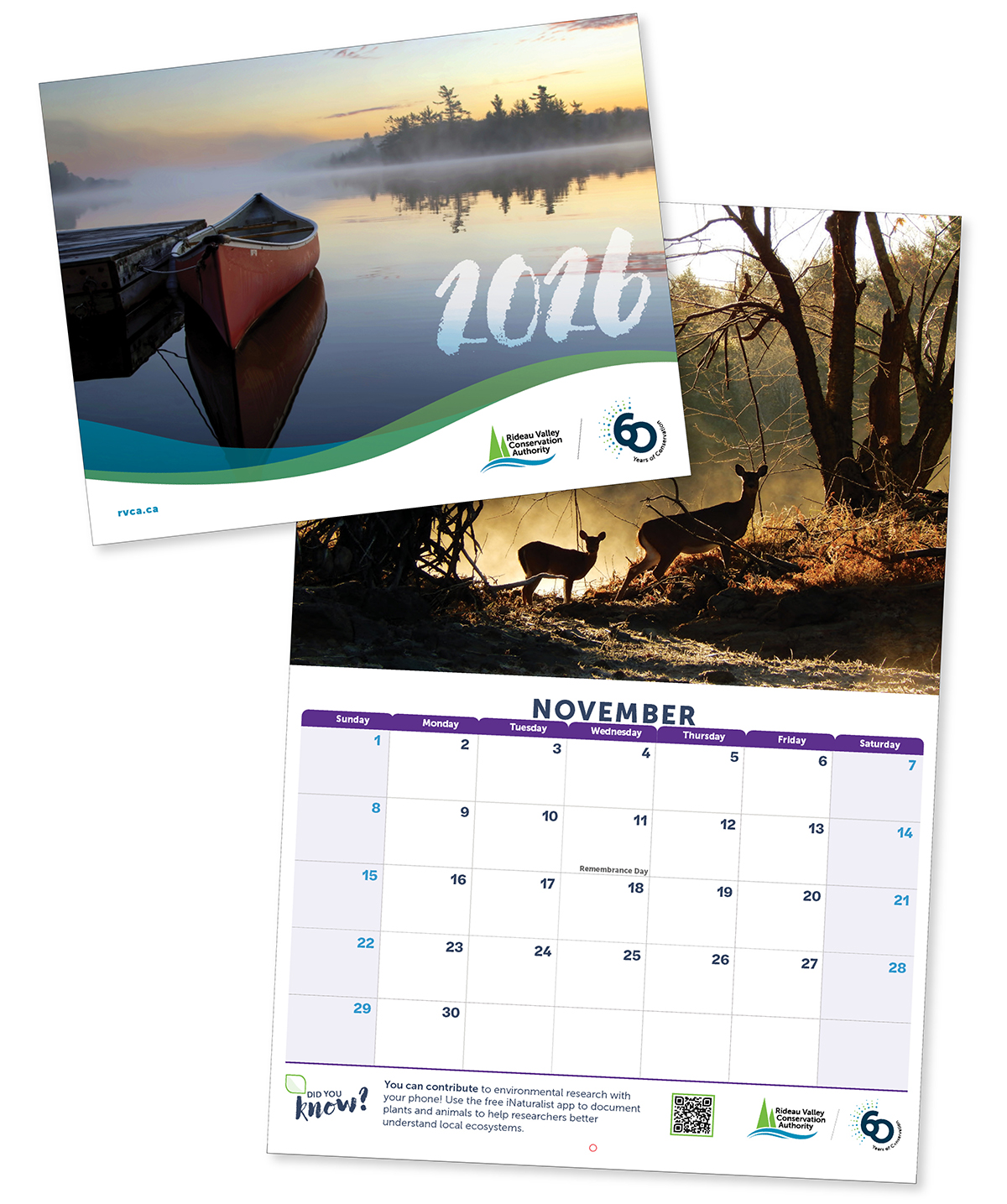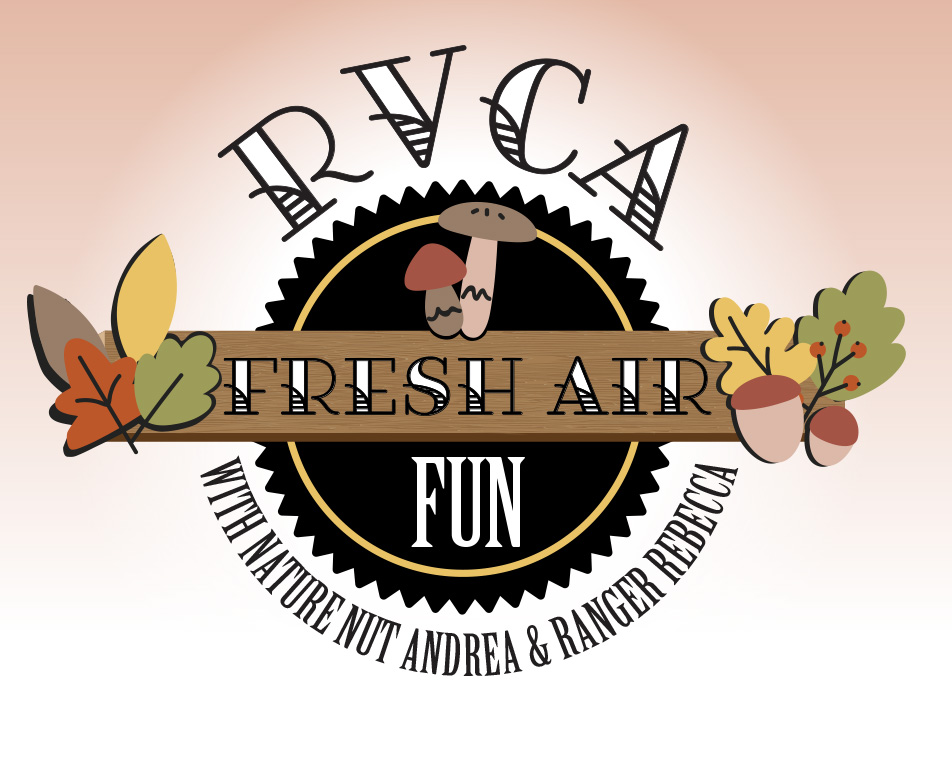
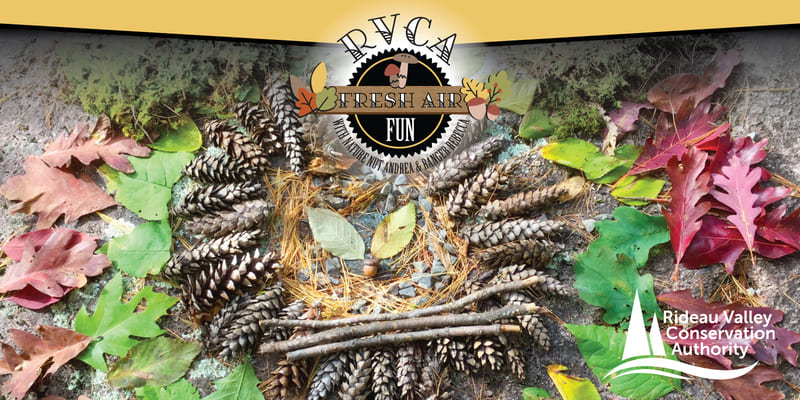
Natural Art
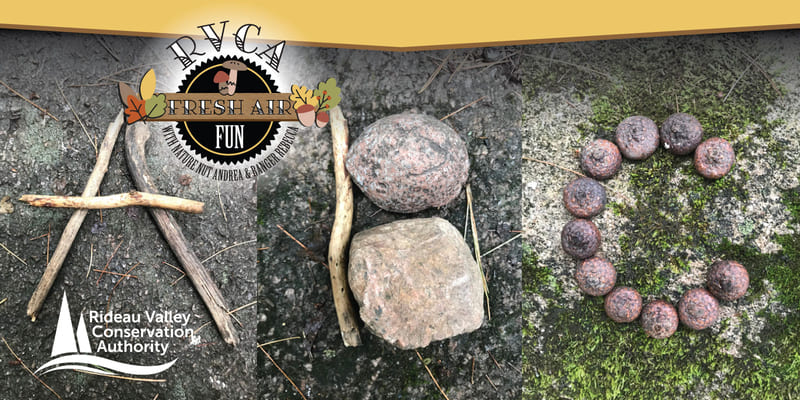
Alphabet Walk
Hey parents, here’s today’s RVCA Fresh Air Fun tip! Take the little ones for an “alphabet walk.” Can you see letters in shapes around you? Or find objects for every letter of the alphabet.
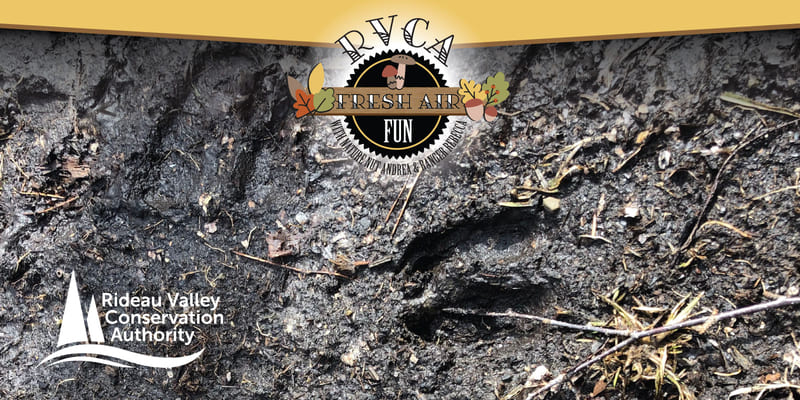
Scavenger Hunt
Hey kids! It’s a scavenger hunt! Get outside see what you can spy during your outdoor adventure.
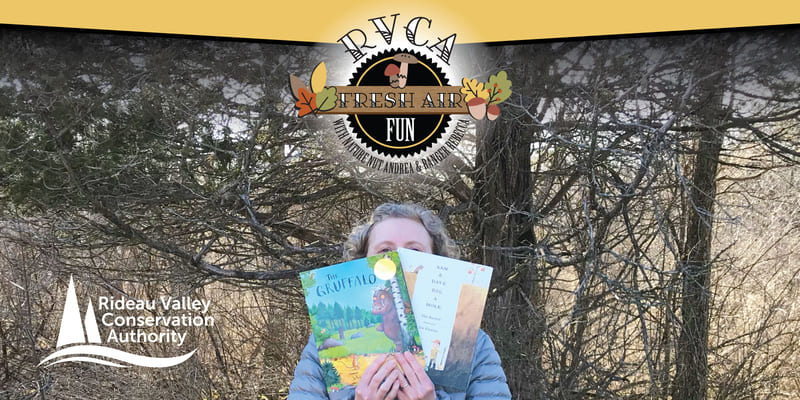
Reading List
Hey parents! Pair a fun children’s story with your next walk outside. Make connections from the book to nature while watching the squirrels, jumping in puddles or sitting under a magic tree! Check out Interpreter Andrea and Rebecca’s recommended reading list!
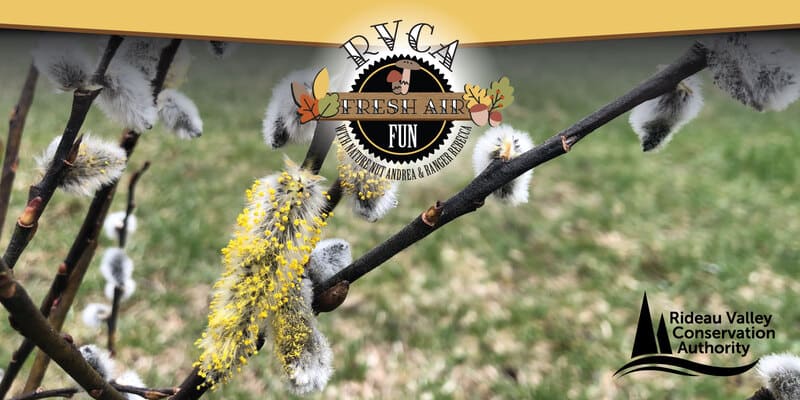
Photography Fun
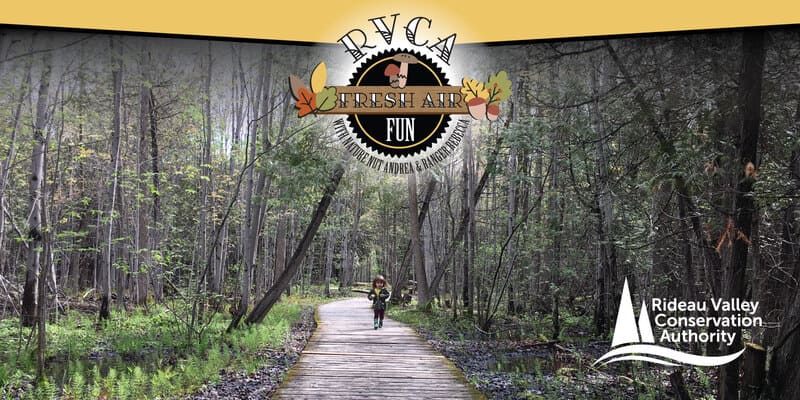
Ready to Read
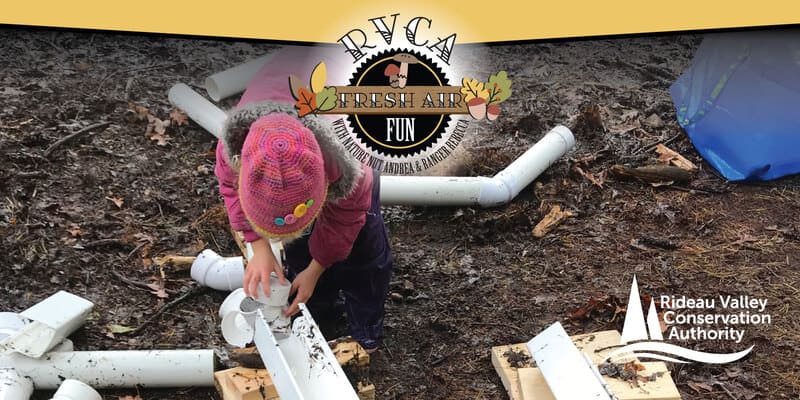
Loose Parts Play
Loose parts are random items that children use to build, play, create and more. Look through your home and think like a kid: boards, tires, fabric, boxes, old kitchen items, buckets, sticks, tubes, pipes, logs, rocks, recycling items and more can all become loose parts. And there is no better place to play with them than outside!
Why is this type of play beneficial for kids? Loose parts encourage kids to be physically active and creative. The learning is hands on, engaging, and encourages children to communicate and be cooperative along with developing great problem-solving skills.
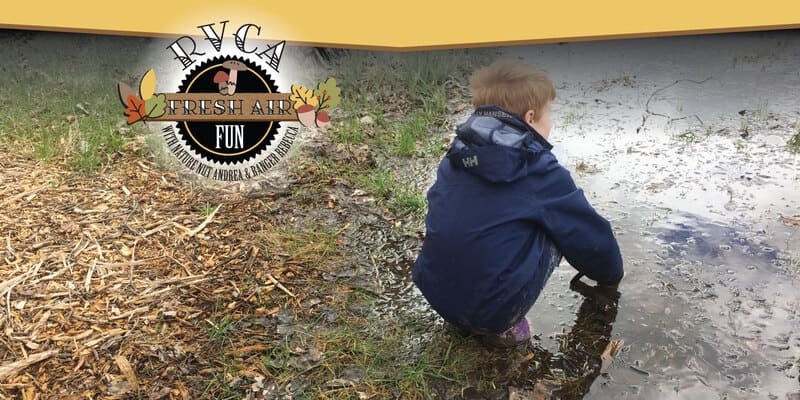
Rainy Day Play
Water is a wonderful invitation for play and exploration! A puddle, a ditch, a stream, or a pond in your neighbourhood or backyard can all lead to some excellent fresh air fun. Raid your recycling bin for containers that you can use as scoops. Use an old kitchen strainer as a net. Find a pail, bowl, or basin to collect water and any creatures you might find. Don’t forget your rubber boots! Want to know what creatures you found? Make observations about sie, number of legs, antennae and how it swims. Then look it up later using our Bug ID cards or online. This is a good spot to start: www.ducks.ca/resources/educators/
Parents, be sure to watch your kids near deep or fast flowing water!
Dry off and pair your experience with a fun story. Check out “Over and Under the Pond" by Kate Messner or "In the Small, Small Pond" by Denise Fleming. If you have a library card, many books can be accessed through digital library connections like OverDrive Tumble Books for free.
Toad House
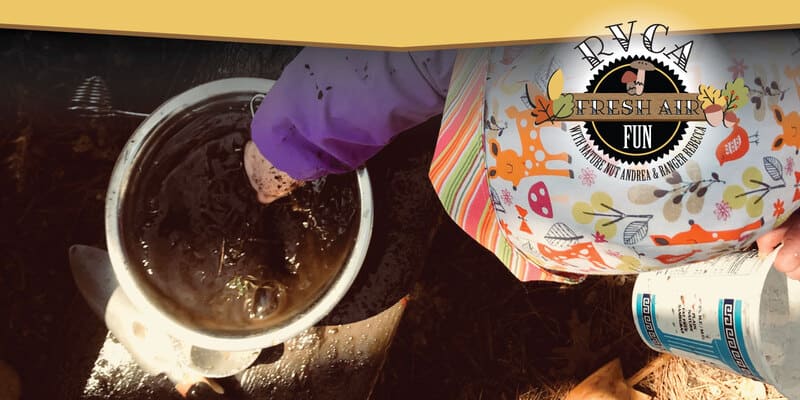
Mud Kitchen
How about building a mud kitchen?
The messiness of play and learning can take its tole on your indoor space and patience! Try taking it outside for some fresh air fun. Grab some containers from your recycling, buckets, old kitchen utensils, bowls, pots, pans, etc. that you have lying around and set up a mud kitchen in your backyard. Find a spot where your children can dig in the soil or sand and collect ingredients from nature. Fill some containers with water and watch their imaginations go! Although you may see lots of fancy set-ups for mud kitchens online, we have found that children are more than happy to sit on the ground or work with their tools on a stump, bench, board, or picnic table. When the play is finished, you can throw everything in a plastic bin or sturdy reusable shopping bag. Washing things off is totally optional!
How can this play support learning? Here are just a few examples:
- Ask your children about the ingredients they are using.
- Count the scoops and numbers of things they adding to their creations.
- Offer the opportunity to record their recipe either through words or pictures.
- The acts of scooping, stirring, grasping, and more are all great ways to develop fine motor skills.
Map & Compass

Sidewalk Chalk
Do you have a container of sidewalk chalk lying around? In our forest school programs, we have discovered that it’s not just for sidewalks. We bring it with us to mark our path on outdoor adventures and write what letters things start with. We mash it with our mud kitchen tools and mix it into our creations (think sprinkles for delicious mud cupcakes) or add water to make paint and create artwork on rocks and logs. The good news for clean-up? Just wait for a rainy day or let the kids get out the hose!
How does this play support learning? Here are just a few examples:
- Creativity and imagination
- Fine motor skills used for mashing, scooping, and mixing
- Problem solving and figuring out how to use things in a different way
- Talking about and maybe writing down our procedures
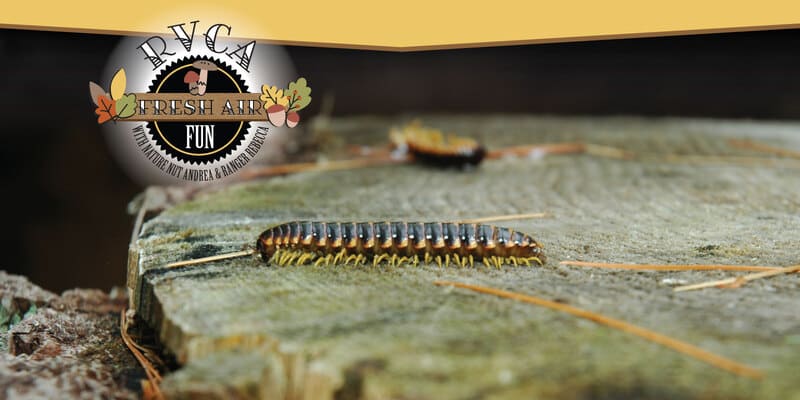
Tiny Habitats
Did you know you might have some tiny habitats hiding right in your backyard? Do you have a rock sitting in your garden? How about a big stick or log sitting on the grass by your shed? Try lifting it up and looking underneath: you might be surprised what you find. When you're finished, be sure to put the rock or log back so the things living underneath stay safe.
How does this play support learning? Here are just a few examples:
- Talking about and describing the things you are seeing.
- Asking questions as to why they are there and what makes it a good habitat.
- Counting the different creatures you see.
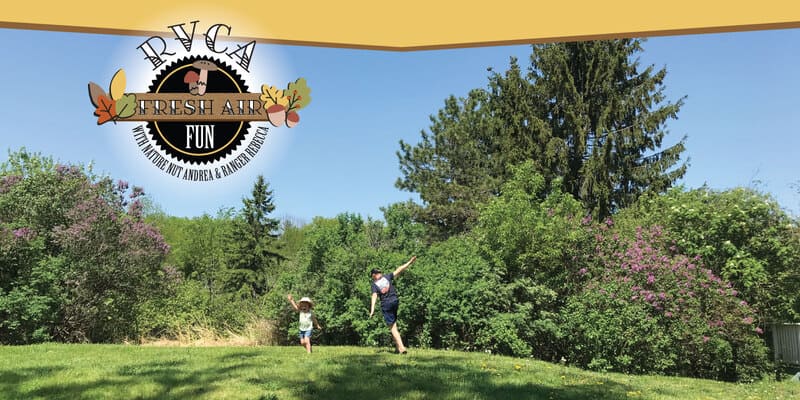
Pretend to be an Animal
Classic fresh air fun: pretend to be an animal! Try hide and seek with a forest friend twist – the little owls fly out into the forest and hide from one of their owl friends. When everyone is ready, the owls start to hoot and their friend listens to try and find them.


